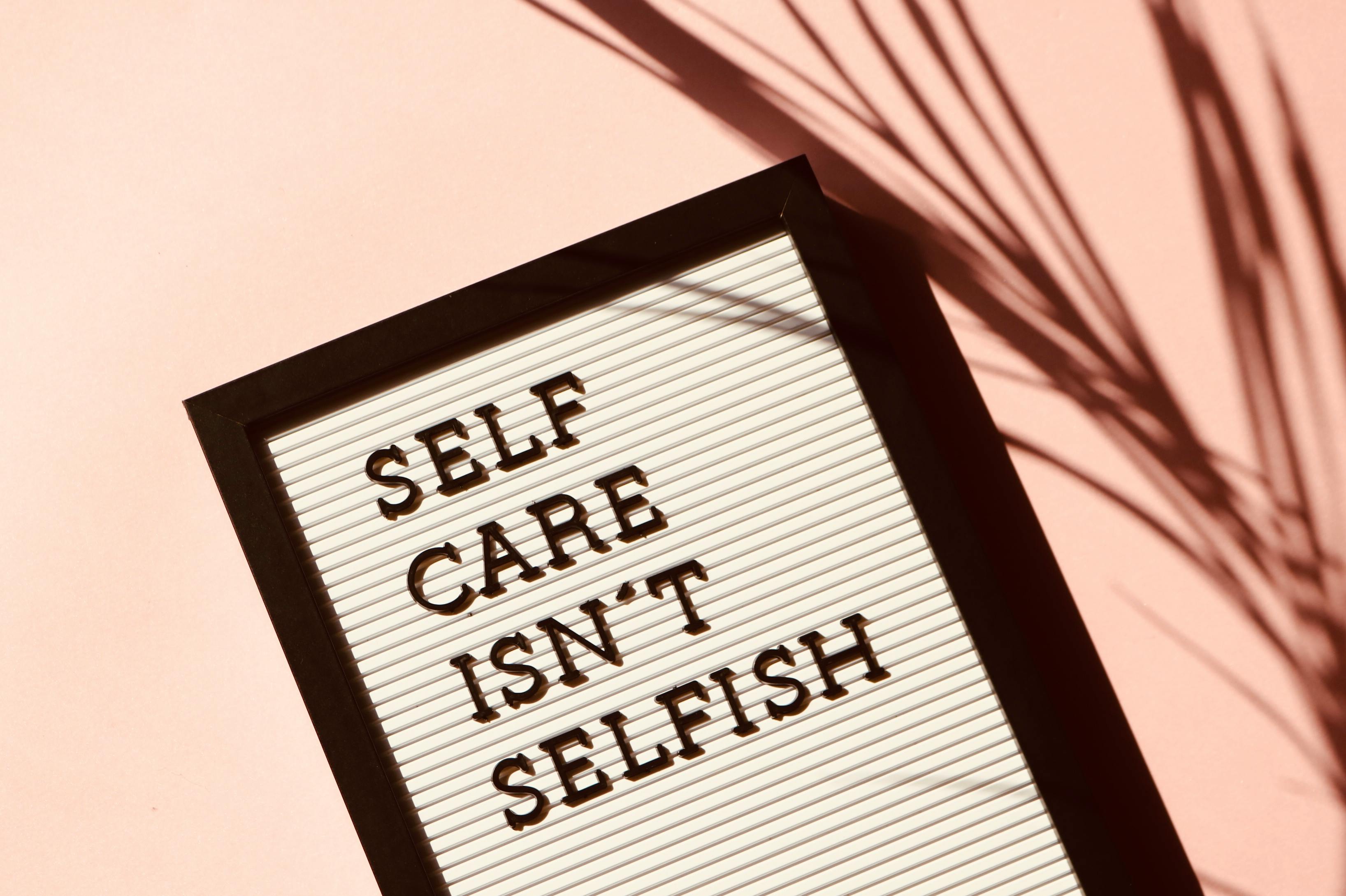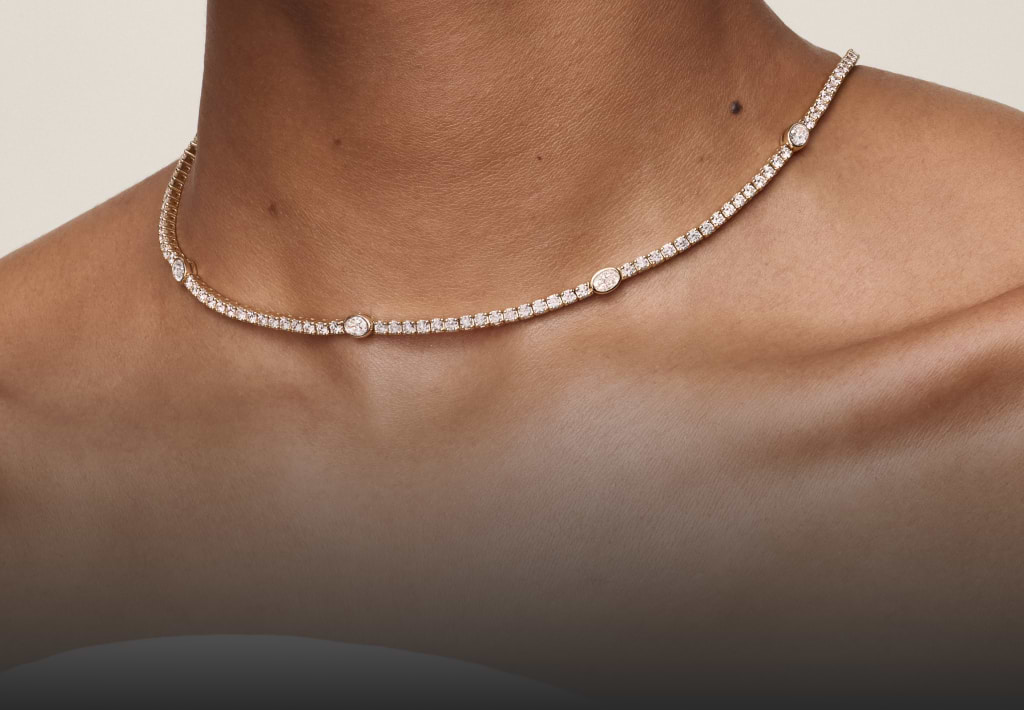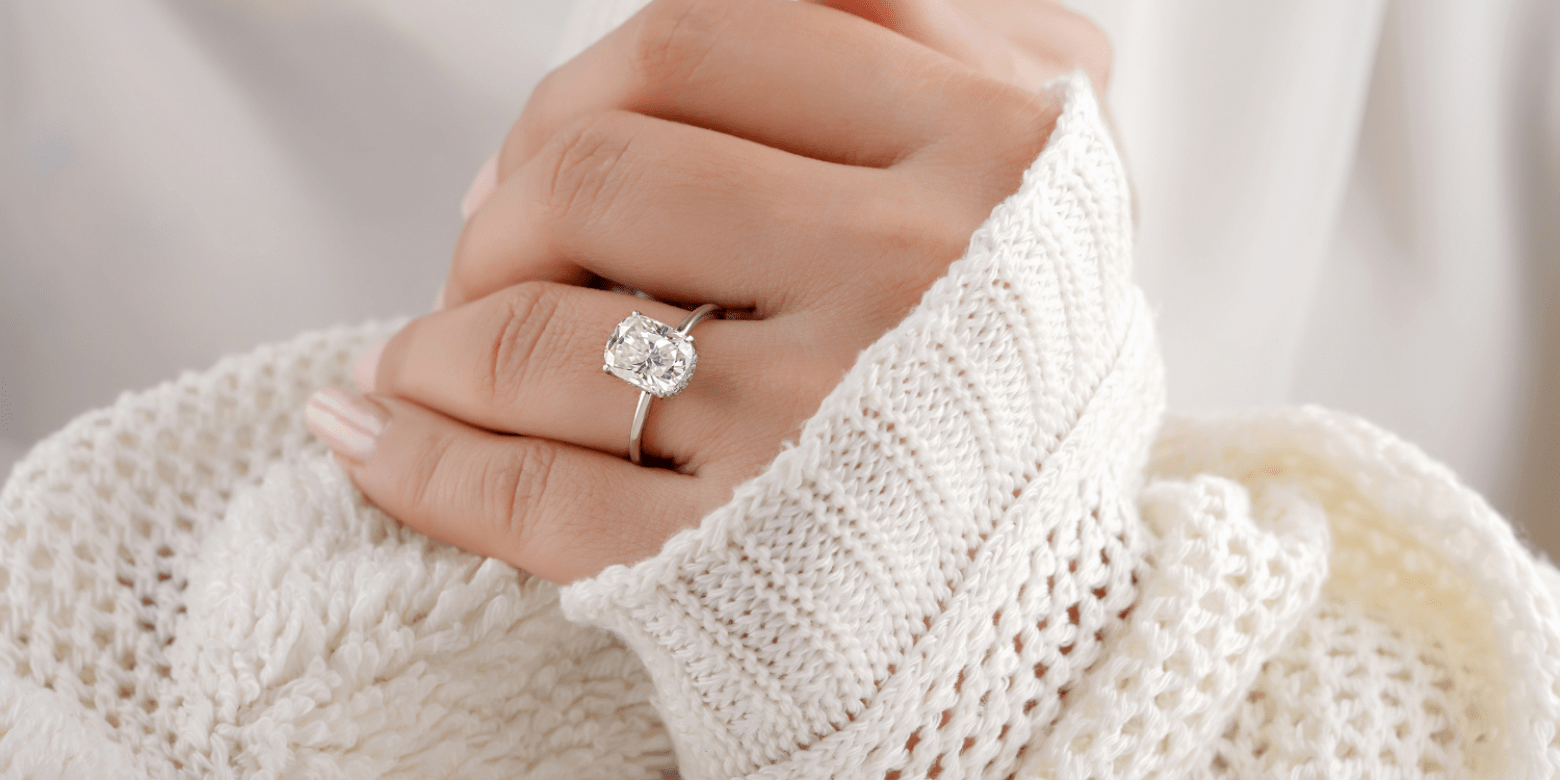If you’ve ever held a piece of silver jewellery in your hand — a ring, maybe, or an old coin passed down from your grandparents — you’ll know it has this quiet kind of magic. It’s not as flashy as gold, nor as mysterious as platinum. But it has charm. A cool, honest glow that feels timeless.
Now, after twenty-odd years working in the jewellery trade here in Sydney, I’ve lost count of how many people have asked me the same question: “Is silver a good investment?”
It’s a fair question. Silver’s often overlooked in favour of gold — the so-called “king of metals.” But over the years, I’ve learned that silver plays a very different, and sometimes more intriguing, role in the investment world.
Let’s talk about it properly — not in the jargon-heavy, stock-market sense, but in plain English. What makes silver tick? Is it really worth investing in? And where does it fit in the grand scheme of wealth, fashion, and everyday value?
The Real Appeal of Silver
Here’s the thing about silver: it’s accessible. That’s one of the first things I tell people. You don’t need to be a millionaire to own it. You can start small — a few coins, a bar, or even some fine jewellery — and slowly build your collection.
That affordability makes silver a sort of “gateway metal” for many first-time investors. When gold prices start soaring, as they tend to in uncertain times, silver becomes the logical alternative.
But there’s another layer to it. Silver isn’t just a precious metal — it’s also an industrial one. It’s used in solar panels, electronics, medical equipment, even photography. That practical demand gives it an edge that’s not purely speculative. It means silver isn’t just sitting in vaults gathering dust; it’s out there, working.
And that, to me, is quite fascinating.
A Bit of a Wild Ride: Silver’s Price History
Now, if you’re expecting silver to behave like gold, think again. Silver is the more emotional sibling — the one that doesn’t always play by the rules. Its price tends to move more dramatically, both up and down.
For example, during periods of economic turmoil, silver can spike quickly as people rush to buy tangible assets. Then, just as fast, it can correct when the panic subsides.
When I first started in the trade in the early 2000s, I remember silver hovering around $6 or $7 an ounce. By 2011, it had shot up to nearly $50. That was a wild time. I saw customers queuing outside bullion shops, eager to cash in their old silverware.
But here’s what many missed: even though the price later dropped, those who held onto their silver still had something real, something tangible — not just numbers on a screen.
That’s the quiet beauty of physical metals. They don’t vanish overnight.
The Emotional Side of Investing in Silver
You might not think of investing as emotional, but it often is — especially with something as tactile as silver. When you hold a silver coin, you feel its value. It’s not abstract, like shares or crypto.
There’s also a nostalgic element. Silver carries stories. A set of silver cutlery from your grandmother’s cabinet isn’t just metal; it’s history.
For a lot of my clients, investing in silver isn’t just about profit. It’s about preservation — of wealth, yes, but also of sentiment.
And I get that. When I buy a piece of vintage sterling, I’m not just buying metal; I’m buying craftsmanship, design, and a link to the past.
Comparing Silver and Gold
Alright, let’s get a bit practical for a moment. How does silver really stack up against gold?
Well, gold has always been the heavyweight. It’s rarer, more stable, and universally recognised as a store of value. Central banks hold it, investors hedge with it, and jewellers (like me) adore working with it.
Silver, on the other hand, is the scrappier cousin — less predictable, but more dynamic. Its industrial use means it responds not just to investor sentiment but also to technological and manufacturing trends.
When people ask me where to start, I often suggest a mix. Gold for stability, silver for growth potential.
If you’re curious about this topic in detail, there’s a great read here — is silver a good investment — that breaks down how silver performs in different market conditions. It’s a good reference if you want to understand the balance between silver’s volatility and its long-term value.
Silver in Australia: Local Context Matters
Now, let’s bring it closer to home. Australia has a rich history with precious metals — we’re one of the world’s leading producers of both gold and silver. That means local investors often have better access to bullion and lower premiums than in many other countries.
In Sydney, Melbourne, and Perth, there’s a strong market for physical silver — coins, bars, even scrap silver from jewellery or antiques. Many of my clients collect Perth Mint coins or buy silver bars from local dealers because they trust the craftsmanship and purity standards here.
There’s also a practical side to being in Australia: you can physically visit dealers, check authenticity, and get expert advice in person. Whether you’re buying or selling, that face-to-face connection matters.
If you’re ever selling precious metals, it’s worth dealing with reputable experts. I’ve personally worked with a few trusted gold buyers Sydney and can say the good ones will always take the time to explain the process clearly — they’ll weigh, test, and value your metal transparently. That kind of trust is everything in this business.
Physical Silver vs. Paper Silver
Here’s a bit of insider advice I often give to new investors: decide early whether you want to hold physical silver or just paper silver (like ETFs or mining stocks).
Physical silver gives you direct ownership. It’s tangible, private, and outside the financial system — but it does require storage and insurance.
Paper silver, on the other hand, is more liquid and easier to trade, but you don’t actually own the metal itself. You’re holding a contract.
Personally, I like the security of having some physical silver tucked away. There’s a strange comfort in knowing that, whatever happens with the markets or the banks, you’ve got something real of value sitting in your safe.
It’s old-fashioned, sure — but it’s also oddly reassuring.
The Sustainability and Ethical Angle
You might not know this, but the way silver is sourced and refined can vary hugely. As more people become conscious of ethical investing, there’s growing interest in where metals come from and how they’re mined.
Recycled silver — often from old jewellery or electronics — is becoming a popular option. It’s environmentally friendly and, frankly, a wonderful way to give old materials new life.
I’ve melted down old silver cutlery into new jewellery pieces for clients, and they love the symbolism: something old being reborn into something meaningful.
Sustainability is also influencing investment choices. Investors are starting to favour ethical bullion suppliers, which is a great trend to see. It means the value of silver isn’t just in dollars, but in principles.
The Risks (Because Every Investment Has Them)
Let’s be honest — silver isn’t perfect. Its volatility can be nerve-wracking. If you’re hoping for instant returns, it might test your patience.
Prices can fluctuate based on industrial demand, global growth, and even currency shifts. Storage costs and purity verification are also considerations if you’re buying in bulk.
And unlike shares, silver doesn’t pay dividends or interest. Its value lies purely in appreciation — and that requires a long-term mindset.
So, before you dive in, it’s worth asking yourself: are you investing to make quick gains, or are you building something steady and tangible for the future?
If it’s the latter, silver can play a meaningful role in that journey.
What I’ve Personally Learned
Over the years, I’ve watched people buy silver for all sorts of reasons — to hedge against inflation, to diversify their portfolio, or simply because they love it.
I’ve also seen those same people light up when they see their collection grow, or when they pass it down to their kids.
That, to me, is the real return on investment. Silver isn’t just a commodity — it’s something that connects generations, tells stories, and holds memories.
Sure, it can earn you a profit, but it can also give you a sense of security and pride that’s hard to measure.
So, Is Silver a Good Investment?
If you’ve read this far, you probably know my answer already: yes — but with perspective.
Silver’s not a get-rich-quick asset. It’s a long-term companion. One that can add diversity, tangibility, and even a little emotional satisfaction to your portfolio.
It’s perfect for those who appreciate things that endure — metals that don’t rust, trends that don’t fade, value that doesn’t depend on the latest market fad.
Whether you’re an investor, a collector, or just someone who loves the look of a well-polished silver pendant, silver offers something real and grounded in a world that’s increasingly digital and fleeting.
And maybe that’s what makes it such a fascinating investment. Not just for your wallet — but for your sense of connection, too.
Final Thought:
The next time you see a piece of silver glinting in the sunlight — whether it’s a coin, a ring, or a bar — remember: you’re looking at a metal that’s been valued for thousands of years, used in everything from ancient trade routes to cutting-edge technology.
It might not always steal the spotlight like gold, but silver has a quiet resilience. It’s the underdog of precious metals — steady, beautiful, and surprisingly strong.






